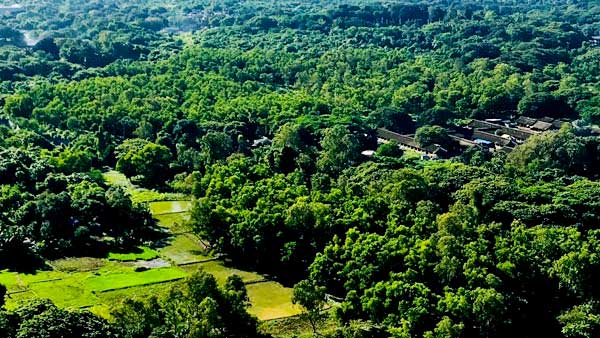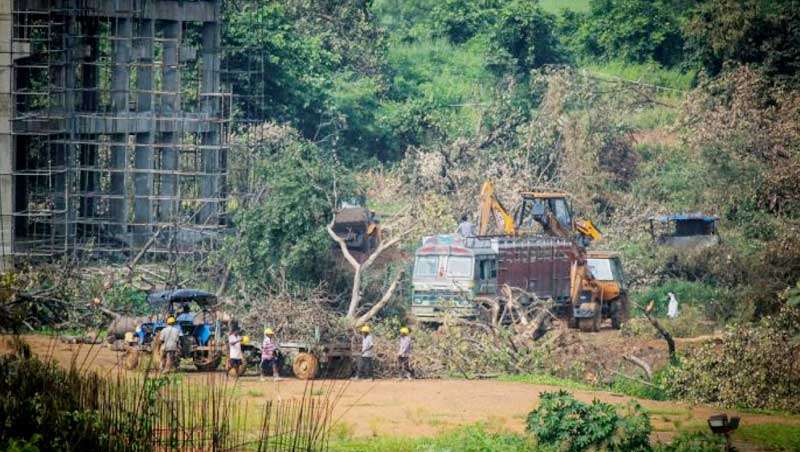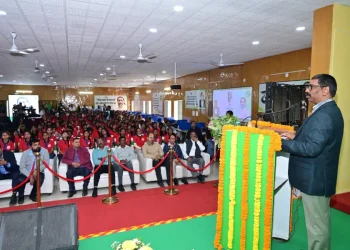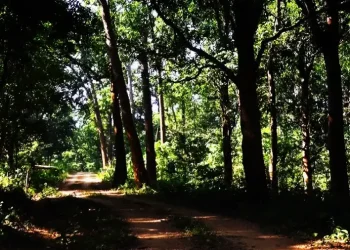About a year ago, the Supreme Court dismissed a plea against the National Green Tribunal order to exclude 407 acres in the green Aarey forest colony as an ecologically sensitive zone, which would prevent construction there. Now, the Eknath Shinde government has announced its plans to restart the project there.
Aarey forestis spread over 1,800 acres and is estimated to host over 300 species of flora and fauna. Some 8,000-10,000 tribals live across 27 hamlets in the area. These include the Warli, Kokna, Mallar Koli, Katkari and several other tribes that cultivate a treasure trove of unique culture among themselves.
The forest area has shrunk from its establishment in 1949, as bits were chipped away for various infrastructure projects. And this deforestation is ringing alarm bells for the Adivasi who have been living in peaceful coexistence with nature. The forest dwellers are caught in the crossfire between the law, climate activists and administrators.
In Aarey, nature is cherished by the ethnic communities but elsewhere, they have been deemed the enemy. Some environmentalists lay the blame for forest degradation, deforestation and overuse at the tribals’ doorsteps to an extent.
However, a report, Global Baseline of Carbon Storage in Collective Lands, makes a contrary claim, stressing that indigenous people are key to achieving natural climate solutions.
According to the study, indigenous people and local communities manage at least 17%, or 293,061 million metric tonnes (Mt), of total carbon stored in the forestlands of India and 63 other assessed countries.
It finds that among 52 tropical/subtropical countries, of which India is one, 22% (217,991 MtC) of the forest carbon is managed by forest dwellers and others, and one-third of this is in areas where Adivasi and other communities lack formal recognition of their tenure rights — putting them, their lands and the carbon stored in it, at risk.

The mention of recognition of rights leads to questions over the FRA as there have been reports of inefficiencies and shoddy implementation by committees.
The FRA must now, more than ever, be executed rigorously and glitches must be weeded out. Evicting or denying tribals may hurt vast swathes of green lands and change the course of the future.
“By protecting their forests and lands, communities are not only maintaining the carbon stored in the trees (above and below ground), but are also, in effect, protecting vast reservoirs of carbon that would otherwise be released to the atmosphere if the overlying forests were destroyed,” says the Global Baseline, adding that its numbers would be an underestimate, due to lack of data.
Land rights not only mean livelihood for denizens of the jungles, but also a responsibility, in return, that they will safeguard and nurture the natural bounty. This, in turn, leads to environmental balances.























